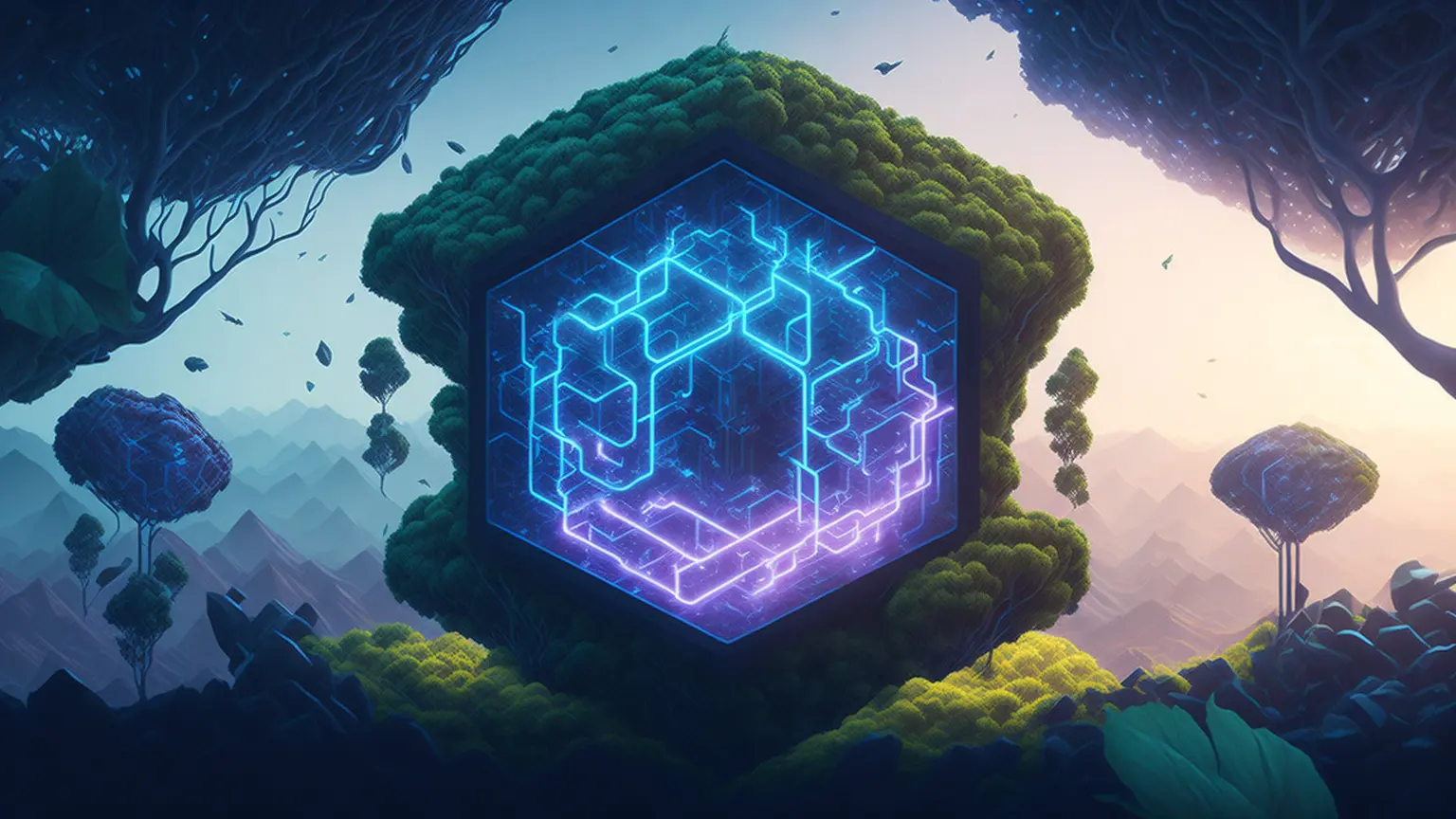Blockchain and Artificial Life: Simulating Ecosystems with Distributed Ledger Technology


In the preface to Lewis Thomas’s essay about biology, “Lives,” he wrote: “We live in a world that is inventing itself.” The science of Artificial Life (Alife) seeks to explore this living nature of the world, creating digital or physical models that can replicate and explore living systems. In this regard, blockchain has much to offer.
Blockchain and Artificial Life
Blockchain is a distributed ledger technology that provides transparency, security, and immutability of data. Originally created to support the cryptocurrency Bitcoin, blockchain now finds applications in many areas, including artificial life.
Artificial life simulations typically involve hundreds, thousands, or even millions of agents, each interacting with their environment and other agents according to specific rules. Since each interaction can alter the state of the agent or environment, a system is needed that can reliably and securely track these changes. This is where blockchain comes in.
Blockchain in Ecosystem Simulations
Applying blockchain to artificial life simulations allows for a decentralized, tamper-proof, and fully transparent history of every interaction in the system. This enables researchers to revert to any point in the simulation’s history, analyze what happened, and trace how it influenced subsequent events.
On the other hand, blockchain allows agents themselves to track their state and interaction history. This could lead to the emergence of new and interesting behavioral strategies, such as history-based learning or strategic planning.
Blockchain for the Future of Artificial Life
The application of blockchain in artificial life simulations is an area yet to be fully explored. With the rapid development of blockchain technology, we can expect more and more applications to emerge in the near future.
For instance, we might see simulations that involve multiple different blockchains, each representing different aspects of the ecosystem. This would allow researchers to study how these aspects interact with each other and how they collectively influence the system’s overall state.
Ultimately, applying blockchain technology in artificial life simulation opens up new possibilities for researching and understanding complex living systems. This could help us better understand our own world and may even contribute to the creation of new forms of life.
Recent Posts
How to Manage an Online Community: Best Practices for Success
In today's digital age, online communities have become a pivotal aspect of brand building, marketing, and fostering user engagement. Proper…
The Future Smart Home: Automation, Energy Efficiency & Next-gen Technologies
Automation, Energy Efficiency, and Cutting-edge Technologies in Domestic Management. 1. Introduction In today's world, technology continues to become more integrated…
Building an Online Community: A Step-by-Step Guide
In today's digital age, online communities have become hubs for knowledge exchange, shared interests, and camaraderie. If you're thinking of…
Blockchain’s Revolution in Real Estate: Ushering in Transparency
Blockchain, originally known as the backbone technology of cryptocurrencies, holds potential far beyond the financial sector. One such area where…
Leveraging Graph Databases for Complex Data Structure Analysis: An Overview of Benefits and Application Methods
The contemporary data landscape is ever-expanding and becoming more intricate, and conventional analysis tools and methods often fall short in…
Leveraging Quantum Computers in Scientific Research: A Revolution in the World of Science
The emergence of the first working prototypes of quantum computers signaled a new era of scientific exploration. With a fundamentally…